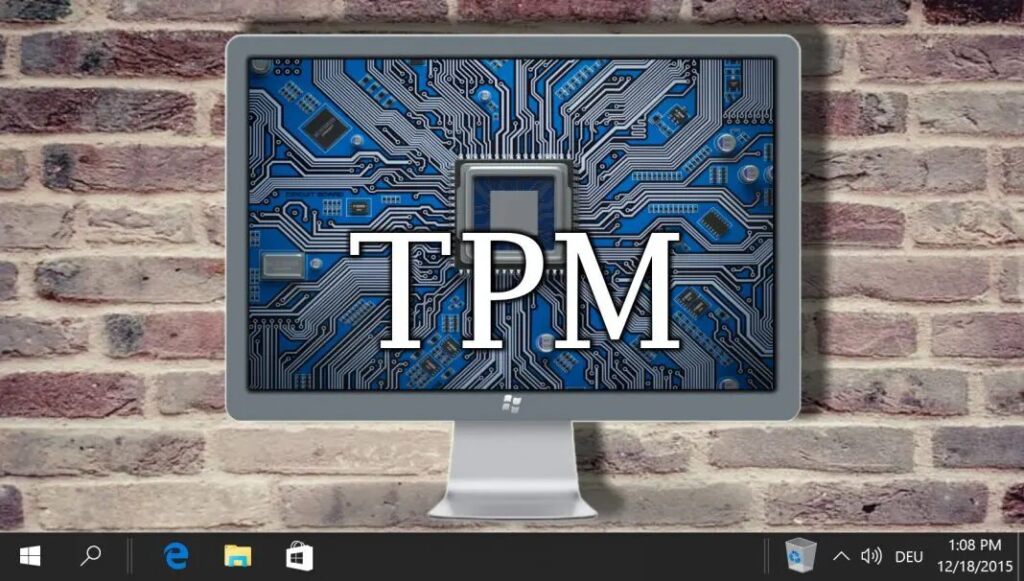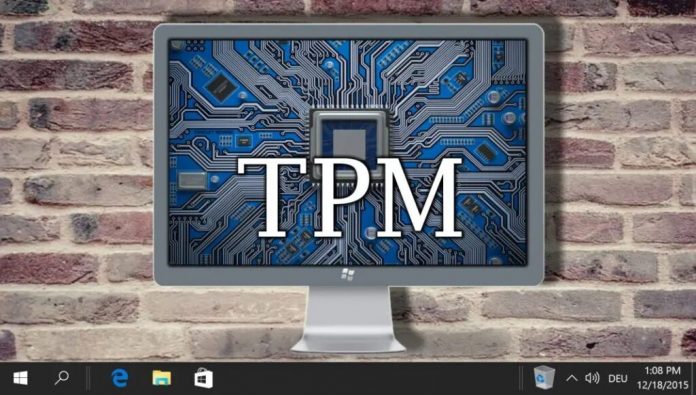The Free Software Foundation (FSF) has ended the last year with a strong plea to users to resist Microsoft’s Trusted Platform Module (TPM) 2.0 requirement for Windows 11.
In a blog post FSF campaigns manager Greg Farough warned that the policy threatens user freedom, fuels unnecessary hardware upgrades, solidifying the power of media conglomerates.
“What’s crucial now is to keep putting pressure on Microsoft, whether that’s through switching to GNU/Linux, avoiding new releases of their software, or actions as simple as moving your projects off of Microsoft GitHub,” he wrote, underscoring the need for sustained grassroots action.
Farough’s statement continued a line of criticism the FSF has maintained against the TPM mandate throughout the past year, culminating in the International Day Against DRM (IDAD) on December 20, 2024.
During IDAD, the FSF spotlighted how TPM technology underpins various DRM schemes, effectively removing control from users and handing it to corporations. The FSF called this trend “treacherous technology” and accused Microsoft of leaving consumers “in the lurch.”
Mounting Concerns Over TPM 2.0
Microsoft’s insistence on TPM 2.0 for Windows 11 upgrades has been a source of controversy since it was first announced. TPM, a hardware security module, stores encryption keys and enables features like BitLocker drive encryption and Secure Boot.
Steven Hosking, Senior Product Manager at Microsoft, recently promoted TPM 2.0 as a cornerstone of the company’s Zero Trust strategy. According to Hosking, this approach requires constant verification of device integrity to guard against modern cyberattacks.
Critics, however, believe Microsoft’s claim does not justify the downstream effects of the requirement. Farough acknowledged that “Normally, offloading cryptography to a different hardware module could be seen as a good thing — but with nonfree software, it can only spell trouble for the user.
He argued that TPM, in combination with proprietary systems, hands media companies enormous leverage to enforce Digital Restrictions Management (DRM), limiting users’ ability to control their own devices.
Environmental Toll and Corporate Interests
One of the FSF’s central objections to Microsoft’s Windows 11 policy is the risk of electronic waste. Farough pointed out that “very soon, the end of support for Windows 10 will force users away from perfectly working hardware,” claiming that functional machines lacking TPM 2.0 are likely to be discarded rather than upgraded. Windows 10, which received its the last feature update already 2023, will reach reach end of support on October 14, 2025.
The FSF has labeled this scenario “planned obsolescence,” where consumers feel pressured to acquire new hardware to maintain security updates.
Beyond the waste implications, the FSF contends that Microsoft’s strategy primarily benefits large conglomerates and proprietary platforms. In the FSF’s view, the move to require TPM 2.0 further cements corporate control over what users can do with their devices.
The organization stated, “The only significant reason this is being done is to appease corporate monopolies,” referencing the powerful entertainment industries that rely on DRM to protect their digital content from unauthorized access.
FSF’s Activism and Alternatives
Farough’s blog post on December 27 introduced a series of suggestions for those looking to break free from what he considers Microsoft’s restrictive policies. He urged readers to join a “journey towards freedom” by switching to GNU/Linux, an operating system that the FSF describes as “an ethical replacement for Windows that respects the freedom of its users.”
The FSF also advocated moving projects away from GitHub to platforms that are more aligned with free software principles.
An additional recommendation involved what the FSF calls a “Day without DRM.” During IDAD, participants were encouraged to avoid streaming services like Disney+, Amazon Prime Video, and Peacock, which rely on TPM for protected media playback. By rejecting these platforms for even a short time, the FSF argues that consumers can demonstrate a collective desire for DRM-free content and open standards.
Microsoft’s Extended Security Updates
Microsoft has acknowledged the challenges faced by Windows 10 users who do not meet the TPM 2.0 requirement. The company announced an option for Extended Security Updates (ESU), allowing home users to continue receiving critical patches for an annual fee of $30 until 2026.
While this offers temporary relief, Farough and others in the free software community see it as a stopgap that delays, rather than solves, the problem. They argue that it compels users to pay more to maintain the same hardware, doing little to address the core issue of forced obsolescence.
Focus on Users’ Rights and Corporate Accountability
The FSF’s announcement underscores its broader philosophy that technology should serve users’ needs, not merely advance commercial or proprietary agendas. “Seemingly small acts like these could start a journey towards freedom — in addition to saving yet another perfectly functioning computer from becoming e-waste,” Farough wrote.
His position is that spreading awareness and taking collective action can shift industry practices over time.
The conversation around TPM extends beyond security considerations and touches on questions of personal agency in a digital world. The FSF suggests that imposing hardware requirements without viable, free software alternatives amounts to removing user agency in favor of corporate oversight.
By calling on individuals to abandon Microsoft platforms and large proprietary services, the FSF envisions a future where users regain control over their devices and data.
How to Check If Your PC Has a TPM Chip (Trusted Platform Module)
What exactly is a TPM chip, and how can you tell if you have one? Not sure if you meet the requirements for Windows 11? We show you four ways to check if you have a TPM chip that don’t rely on Microsoft’s compatibility tool.



